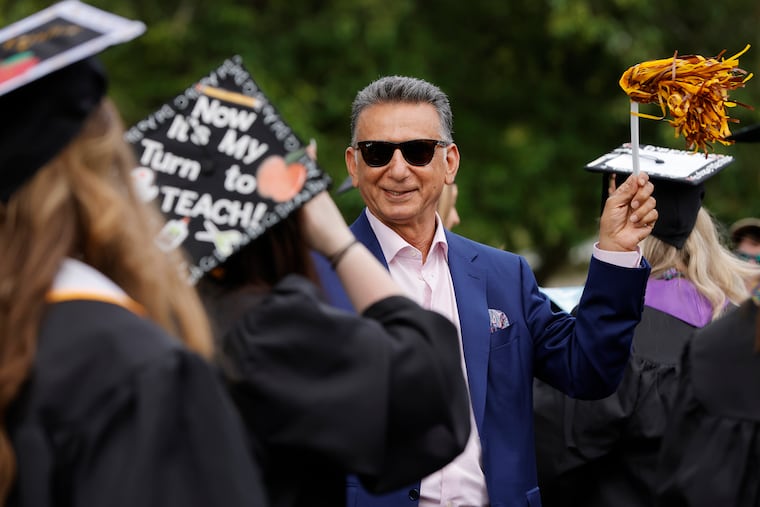After 10 years, Rowan University president Ali A. Houshmand is more ambitious than ever
On his watch, enrollment and the number of employees have climbed dramatically, making Rowan the fourth-fastest growing university in the country in each of the last three years.
